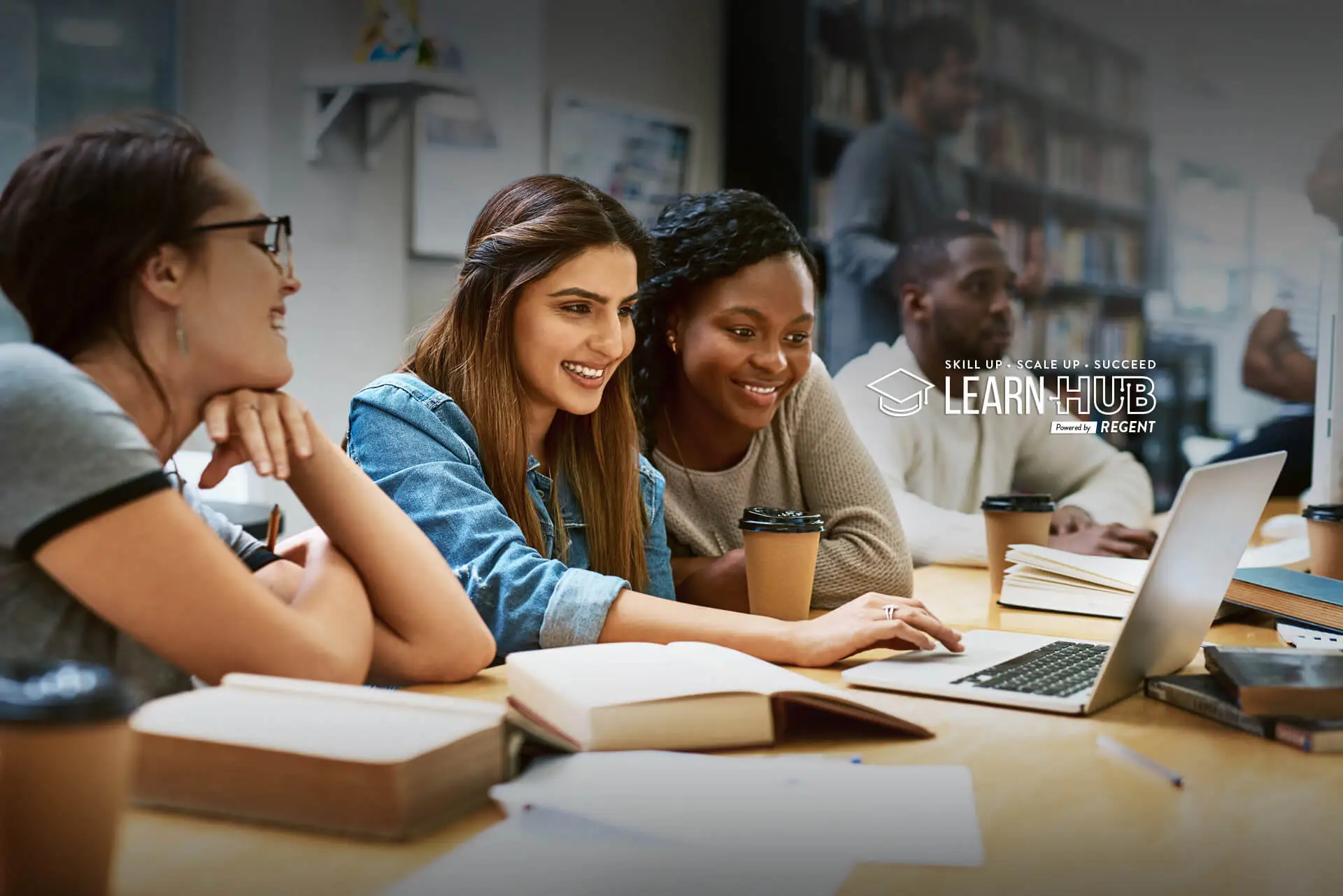Faculty members are the cornerstone of every educational institution, shaping classroom dynamics and reinforcing the institution’s reputation through effective service delivery. Lecturer or classroom observation (LO) is an essential strategy that ensures facilitators provide the most impactful learning experiences for students while identifying strengths and areas for improvement.
What Are Lecturer Observations?
Lecturer observations involve systematically monitoring teaching practices to enhance both teaching quality and student outcomes. This practice aligns with faculty members’ Personal Development Plans (PDPs), which reflect the institution’s vision and mission.
By fostering a positive and effective classroom environment, lecturer observations promote professional growth among educators. This approach benefits the institution by ensuring that faculty meet their PDP targets and excel in teaching and learning delivery.
Global Perspective on Lecturer Observations
Leenika Rampersadh, an educator with over two decades of experience locally and internationally, highlights the role of lecturer observations in boosting morale and improving service delivery. Having experienced this process as both an observer and an observed lecturer, she emphasizes its value in differentiating among learners and applying diverse teaching methodologies to achieve educational goals.
Why Implement Lecturer Observations?
The primary goal of lecturer observations is to enhance teaching practices and improve the overall learning experience for students. Trained observers collaborate with teaching staff from the beginning of their employment, guiding them through:
- Observation objectives and processes
- Developing personalized PDPs
- Identifying training needs
- Facilitating continuous skill development
This systematic approach ensures educators’ strengths are leveraged, and areas of improvement are addressed, fostering a culture of continuous learning.
The Observation Process: Steps to Success
The lecturer observation process typically includes:
Pre-observation Planning: Faculty members create PDPs and perform self-evaluations. They gather supporting evidence and prepare lesson plans.
Observation Day: Formal observations involve senior staff monitoring the class, while informal peer-to-peer reviews serve as a self-improvement tool.
Feedback Delivery: Constructive and transparent feedback, supported by evidence, is shared with educators. This feedback includes strengths, challenges, and contingency plans.
Action Plan Development: Based on feedback, an action plan is created collaboratively, ensuring measurable improvements.
Types of Lecturer Observations
Different observation methods cater to varying institutional needs:
- Formal Observations: Conducted by senior staff with advance notice, applicable to both in-person and virtual lectures.
- Informal Observations: Peer-to-peer reviews focus on professional development with minimal administrative burden.
Overcoming Challenges in Lecturer Observations
While effective, lecturer observations can be stressful for both observers and educators. Challenges include:
Bias and Subjectivity: Clear guidelines and objective measures help minimize bias.
Time Constraints: Video recording and software tools like Codimg enable observers to review lessons at their convenience.
Emotional Stress: Transparent communication and emotional support during the process alleviate stress.
Technology’s Role in Lecturer Observations
Implementing technology simplifies and enhances the observation process. Institutions can develop user-friendly portals that allow educators to:
- Upload observation templates and feedback forms.
- Monitor their professional development.
- Access training materials and self-evaluation tools.
Benefits of Lecturer Observations
- Improved teaching quality
- Enhanced student academic performance
- Boosted institutional reputation
- Personalized professional development for educators
For a deeper dive into transformative educational practices, explore our article on transforming education with smart campuses.
Conclusion
Lecturer observations are vital for fostering effective teaching and learning. By addressing areas of improvement and leveraging strengths, this practice ensures educators deliver impactful lessons that enhance student success. Institutions must tailor observation methods to their needs, ensuring objectivity and alignment with long-term goals.
FAQs
1. What is the purpose of lecturer observations?
Lecturer observations aim to improve teaching quality, support professional development, and enhance student outcomes.
2. How can technology assist in lecturer observations?
Technology enables efficient documentation, feedback sharing, and monitoring through tools like Codimg and online portals.
3. Are lecturer observations stressful for educators?
While the process can be stressful, transparent communication, emotional support, and objective measures help mitigate challenges.
4. What is the difference between formal and informal observations?
Formal observations involve senior staff and require preparation, while informal observations are peer-based and focus on self-improvement.
For more insights into education innovations, visit Virtual Reality and Augmented Reality in Learning.

